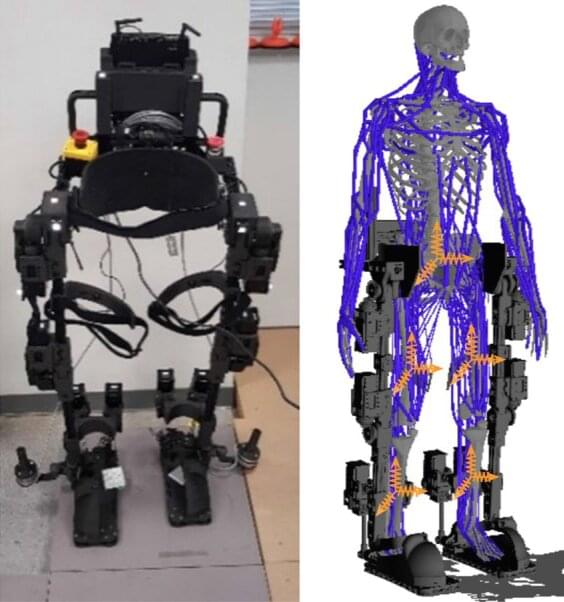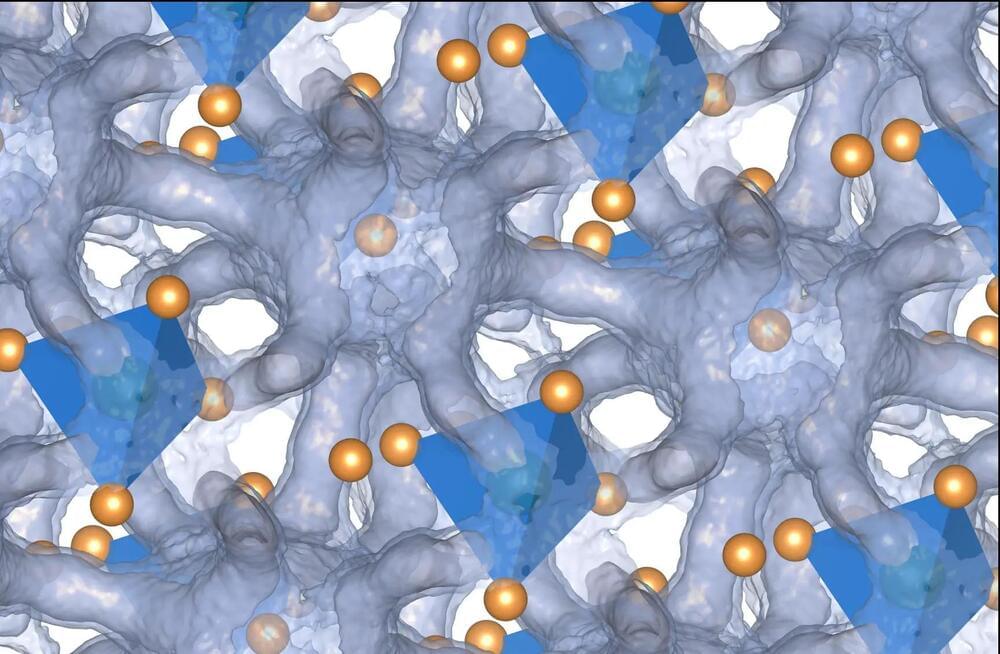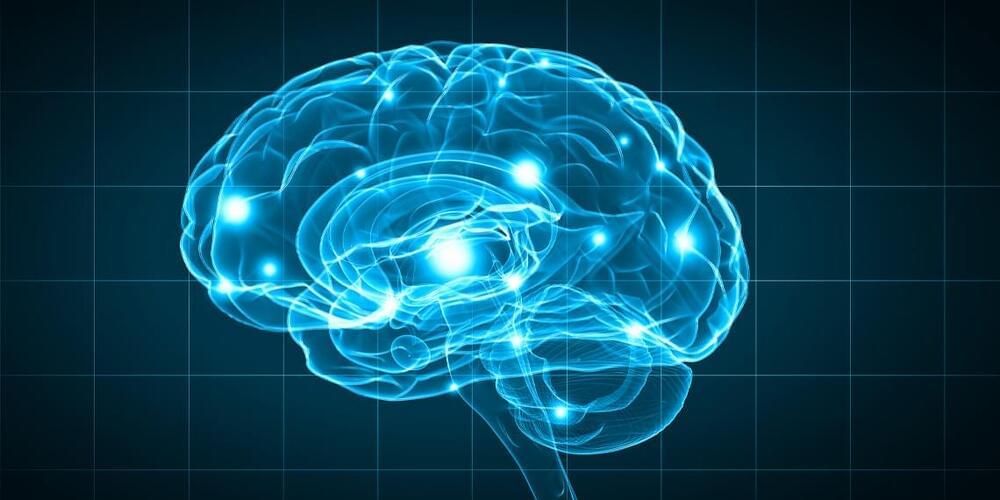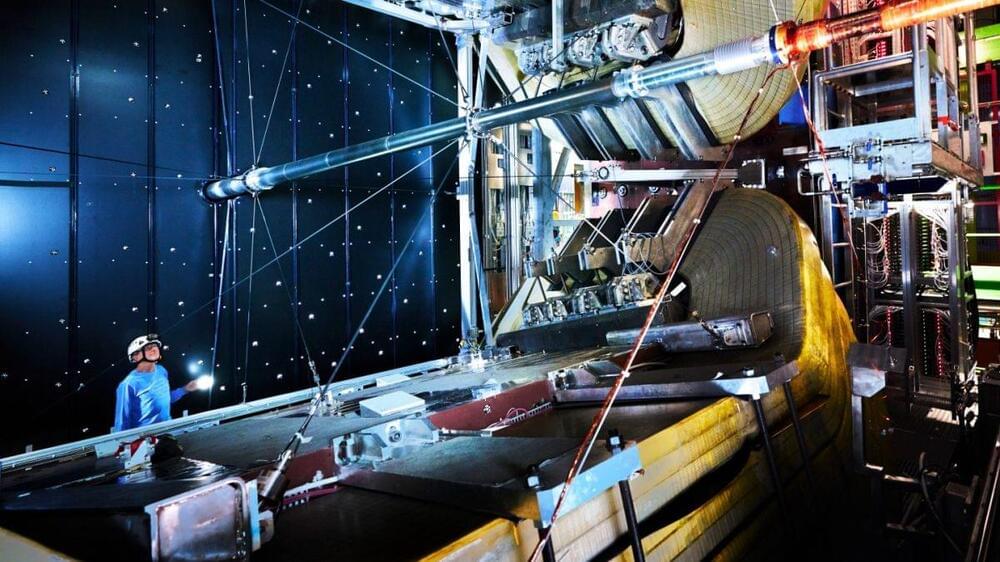Jun 17, 2023
The Scientists Chasing Brain-like Neuromorphic Computing
Posted by Kelvin Dafiaghor in categories: computing, neuroscience
The brain is regarded as one of the most complex known structures in the universe. It has billions of neurons, trillions of connections, and multiple levels ranging from cellular to molecular and synaptic. But the biggest challenge is that the brain is difficult to access.
“The brain is encased in a thick bone,” said Kinney, “and if you try to access, poke, or prod it, it will get really upset and hemorrhage, and delicate neurons will die.”
Nevertheless, Kinney said progress is being made on various fronts, particularly in the field of recording brain activity, which is good news for those trying to build brain-like computers.


















